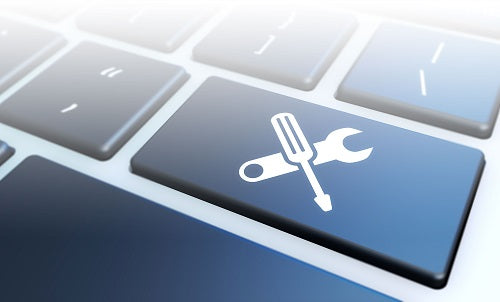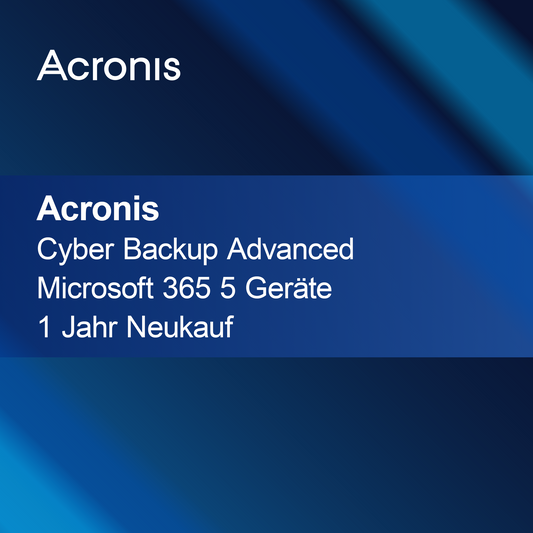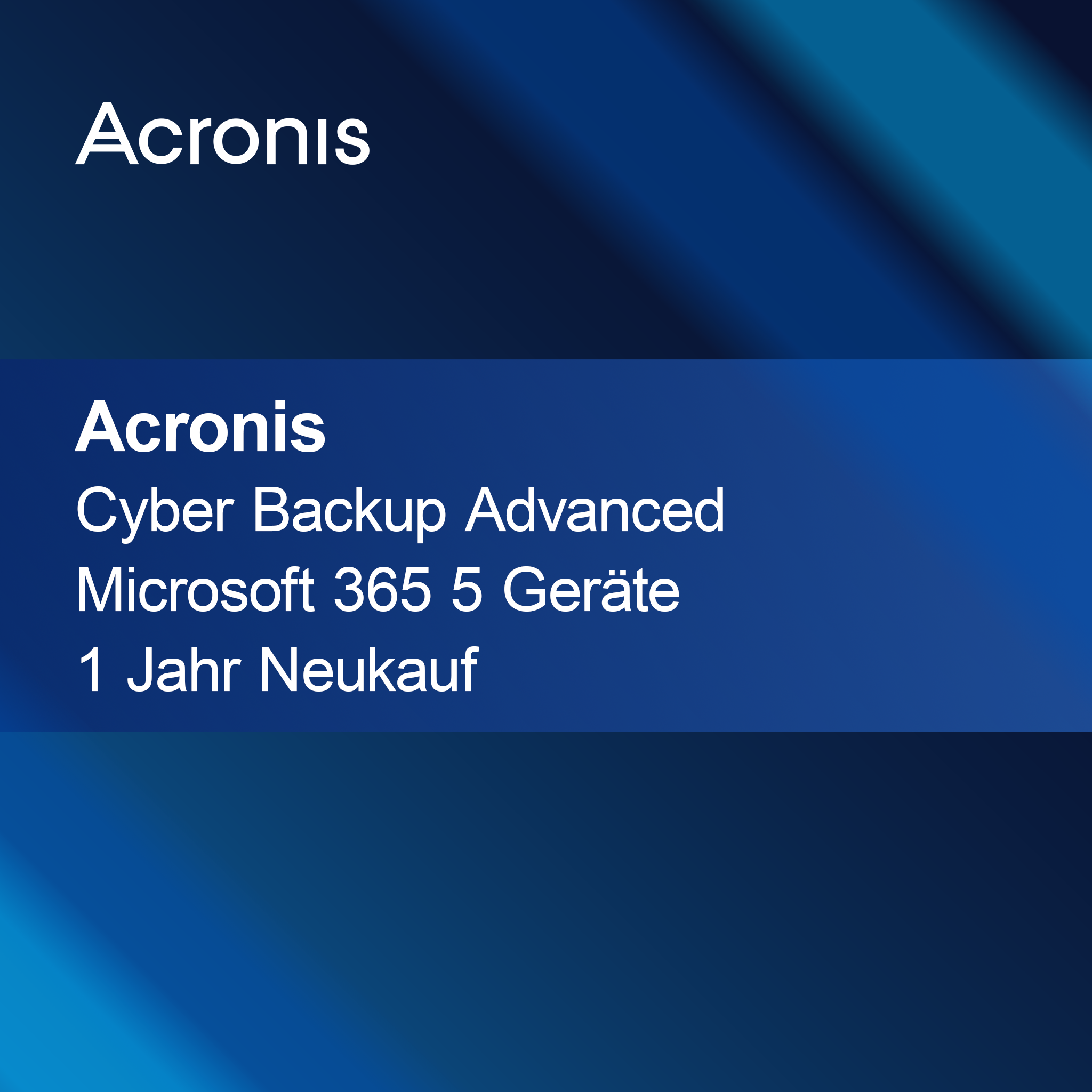No products found
Use fewer filters or remove all
Windows IoT
What is Windows IoT and what is it used for?
Windows IoT is a special version of the Windows operating system designed for the development of Internet of Things (IoT) applications. It enables the integration of devices and sensors into networks to collect and exchange data. This platform is especially suitable for companies that want to implement intelligent solutions in areas such as automation, healthcare, or smart homes. Windows IoT provides a flexible and scalable environment for developing innovative IoT applications.
What variants of Windows IoT are there?
Windows IoT is available in various versions, including Windows IoT Core and Windows IoT Enterprise. Windows IoT Core is designed for smaller, resource-efficient devices and offers an easy way to create IoT applications. Windows IoT Enterprise, on the other hand, targets more powerful devices and provides advanced features as well as a full Windows user interface. The choice of the right version depends on the specific requirements of your project.
What features does Windows IoT offer?
Windows IoT offers a variety of features that support the development and management of IoT applications. These include support for various programming languages, access to cloud services, and the ability to control devices over the internet. Additionally, it enables the integration of hardware components and sensors to capture data in real time. These features make Windows IoT a powerful platform for developing intelligent solutions.
How do I install Windows IoT?
The installation of Windows IoT is usually done via an image that is flashed onto a compatible device. First, you need to download the appropriate image from the Microsoft website. Then, you use a tool like the Windows IoT Core Dashboard to transfer the image to an SD card or a USB drive. After flashing, you can start the device and complete the setup to begin developing your IoT applications.
- Support for various programming languages such as C# and Python
- Integration of cloud services for data management
- Real-time data processing through sensor integration
How does Windows IoT differ from other Windows versions?
Windows IoT differs from other Windows versions by its optimization for IoT applications and support for devices with lower resources. While conventional Windows versions are designed for desktop computers and laptops, Windows IoT focuses on developing solutions for embedded systems and connected devices. This specialization allows for more efficient use of hardware and better adaptation to the requirements of IoT projects.
What are the system requirements for Windows IoT?
The system requirements for Windows IoT vary depending on the chosen edition. For Windows IoT Core, you need a device with at least 400 MB of RAM and 2 GB of storage space. Windows IoT Enterprise requires more powerful hardware, typically with at least 1 GB of RAM and 8 GB of storage space. It is important to check the specific requirements of your chosen version to ensure that your device can run the software optimally.














